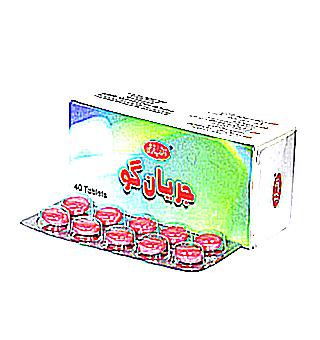Home >
Erectile Dysfunction >
Defectious disease prostatorrhea
Defectious disease prostatorrhea

Defective prostatorrhea is characterized by the secretion of fluid, which is a constituent of prostatic juice. This phenomenon can occur both for no reason and during the outflow of urine or during bowel movements (bowel movements).
Atonic prostatorrhea or defecation is caused by the release of viscous discharge during bowel movements or after emptying the urea. During the onset of spermatorrhea, sperm rejection occurs after the outflow of urine or during bowel movements.
Why does prostatorrhea occur?
- The pathological process may be due to prolonged abstinence in sexual activity.
- Discharge begins from the fact that a large amount of stagnation and secretory fluid collects in the prostatic capsule.
- Fluid is rejected due to mechanical compression of the prostate during constipation. This is due to the fact that the prostate gland is tightly adjacent to the back wall of the rectum, when thick feces exit through it, a drop of secretion occurs.
- The same effect is possible after the outflow of urine - this is an involuntary phenomenon.
- The symptom of prostatorrhea is also manifested due to excessive masturbation. Sometimes it can manifest itself after a disorder of the nervous system, stressful situation, fatigue.
- As one of the manifestations of prostatitis.
- Due to a disorder of the nervous system (peripheral).
- Due to the relaxed smooth muscles of the male gland or other organs in the pelvis.
Symptoms that accompany discharge from the urethral canal:
- discharge of a viscous consistency after exercise;
- rejection of secretions during bowel movements;
- a feeling of heaviness in the rectum;
- weakness, lethargy;
- painful sensation in rare cases;
- burning and itching.
The negative effect of prostate on the body is noted in the fact that the prostate stops full-fledged secretion production, and a relaxed sphincter can provoke the penetration of infection and bacteria into a man's body through the urethral canal.
Diagnostics
To prescribe the treatment of this pathology, it is necessary to diagnose the disease. Diagnostics is carried out immediately according to the first manifestations. Testing is required to confirm or deny the diagnosis.
- Urine analysis. Allows you to determine the presence of pathology in the urinary system.
- Urethral swab.
- Complete blood count.
- Other research purposes are possible.
Treatment of prostatorrhea is prescribed based on the causes of the disease.
What treatment is recommended for the treatment of prostatorrhea
First of all, a general strengthening treatment is applied, aimed at toning muscle tissue in the small pelvis, smooth muscles, sphincter.
Defectious prostatorrhea begins to be treated with the normalization of the gastrointestinal tract, and the treatment is to strengthen the immune system and restore the production of hormones in the body.
Treatment also implies adherence to the rules of personal hygiene with the normalization of sexual activity. In severe cases, when the disease occurs due to the penetration of infection into the prostate gland, physiotherapy procedures, massage, and sometimes hormonal therapy are prescribed.
An acute infection is treated with antibiotics, which are aimed at fighting the infection and preventing it from spreading further.
In order to choose the right treatment, various samples are taken to determine the infectious agent. If the discharge is noted with the rejection of pus, surgical therapy can be applied through the rectum using a complex of antibiotic agents for a week and a half.
Diagnostics using dictation cystourethrography
Thanks to this procedure, it is possible to diagnose with high accuracy the pathological process in the urinary and reproductive system.
Procedure:
- Place the catheter into the urinary tract first.
- Contrast fluid is injected through the inserted catheter.
- A special device takes pictures of urea from different angles.
- Having removed the catheter from the urea, the patient lies on his side, with the right leg bent 90 degrees, the penis should be extended along the limb, at this time the man should urinate. In this position, more pictures are taken. Ditto, repeated on the left side.
Based on the images taken and the amount of urine outflow, a conclusion is made about men's health.



























